
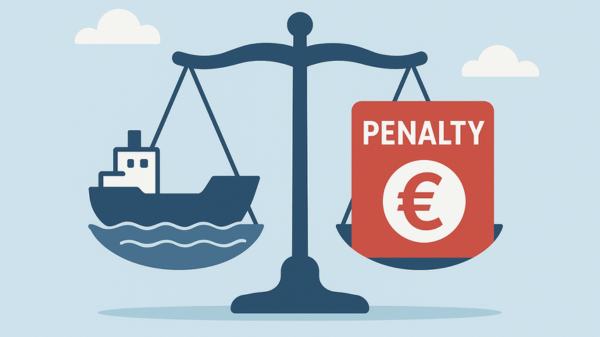
|
FuelEU penalties spark contract disputes as first-year compliance costs emerge
Shipowners and charterers negotiate biofuel handling, payment timing, and multiplier penalties under new regulations. |
|
|
|
||
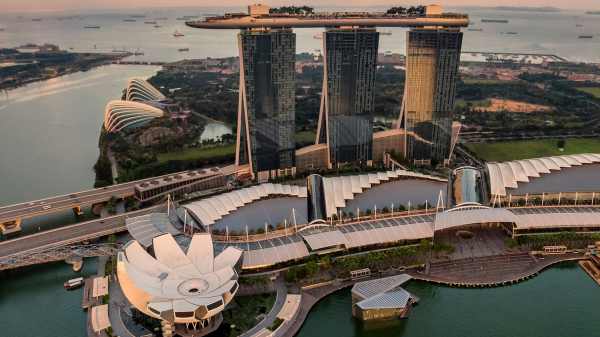
|
Singapore tops first global container port ranking by DNV and Menon Economics
The port leads across all five assessment pillars in inaugural industry report. |
|
|
|
||

|
Marine fuel procurement becomes strategic imperative as regulatory pressures mount: LR
Operators must adopt comprehensive fuel strategies amid supply constraints and compliance costs, says Lloyd's Register. |
|
|
|
||

|
Private Chinese shipbuilder plans to deliver eight dual-fuel boxships
Yangzi Xinfu is fully booked until May 2029 and expected to post annual sales revenue exceeding $1.4 billion. |
|
|
|
||
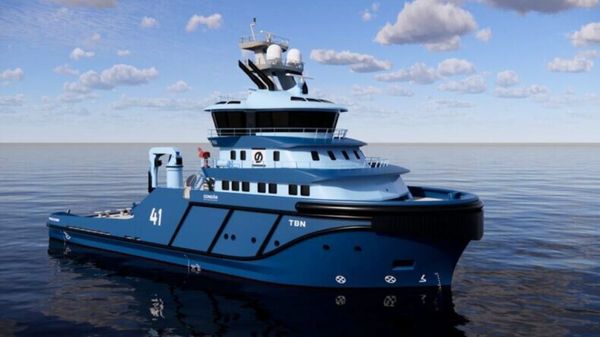
|
Østensjø Rederi orders methanol-ready tug from Spanish shipyard
Norwegian operator contracts Astilleros Gondán for vessel with diesel-electric hybrid propulsion system. |
|
|
|
||
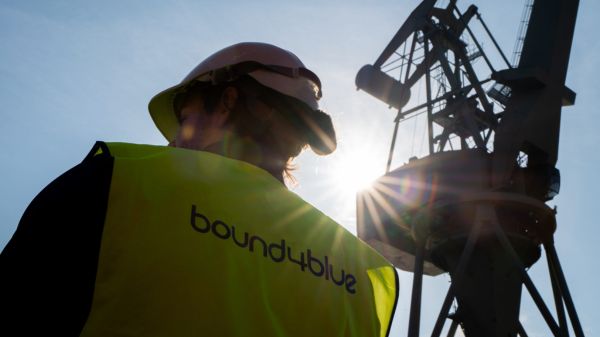
|
Bound4blue establishes China production base for wind propulsion systems
Spanish wind propulsion firm targets Asian shipbuilding market with outsourced manufacturing network. |
|
|
|
||
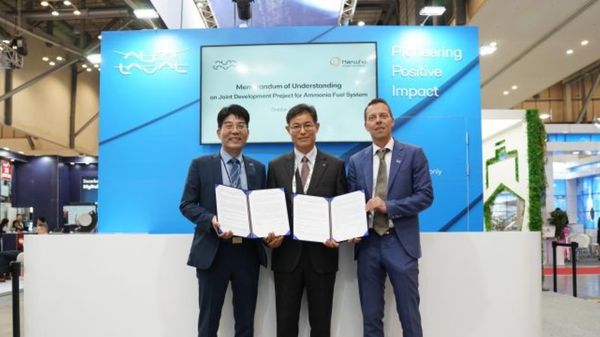
|
Alfa Laval and Hanwha Ocean Ecotech partner on ammonia fuel systems
Collaboration aims to develop ammonia fuel technology for dual-fuel vessels in the Asian market. |
|
|
|
||

|
Nuclear-powered boxships could deliver $68m annual savings: Lloyd's Register
Small modular reactors could eliminate fuel costs and carbon penalties while boosting cargo capacity, says report. |
|
|
|
||
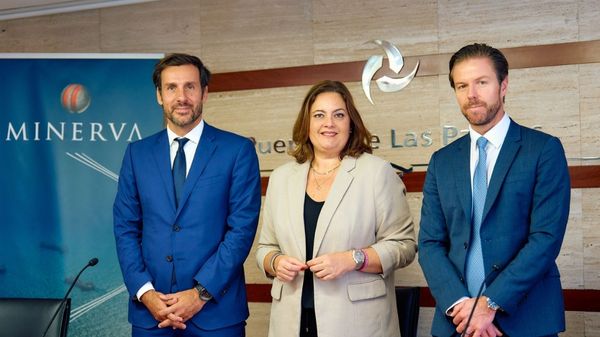
|
Minerva Bunkering extends Las Palmas terminal concession by 15 years
Bunker supplier adds barge capacity and explores new terminal for energy transition fuels. |
|
|
|
||

|
Ammonia Energy Association releases gas detection whitepaper with Lloyd's Register input
Lloyd's Register contributed expertise to new guidance on ammonia detection systems for the maritime sector. |
|
|
|
||
| Wärtsilä environmental seal systems allow mineral oil to be used in US waters [News & Insights] |
| Totem Ocean in LNG ship conversion agreement [News & Insights] |
| Integrated solutions for four new LNG-powered PSVs [News & Insights] |
| Van Oord aims to cut fuel use with service agreement [News & Insights] |
| Wärtsilä publishes annual financial report [News & Insights] |
| FPSO engines to run on gas, crude and MDO [News & Insights] |